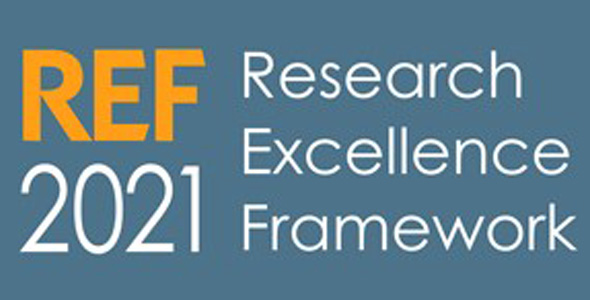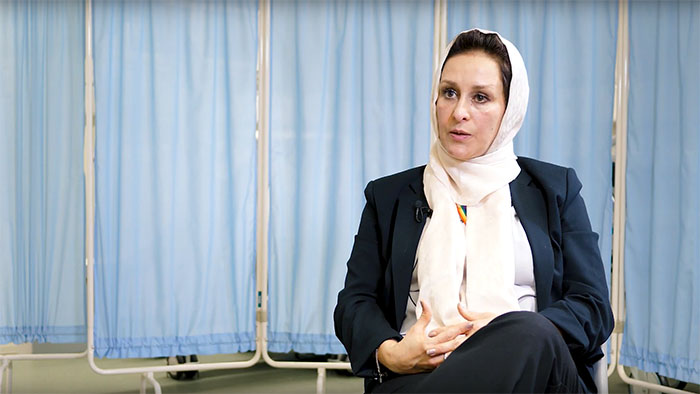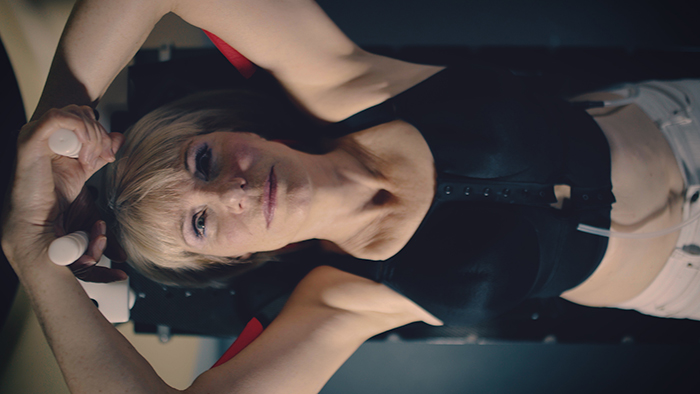Depending on the type of cancer they have, older women with operable breast cancer often face two treatment options. These include surgery to remove the tumour followed by endocrine therapy — a tablet that slows or stops the growth of cancer cells — or endocrine therapy alone, aka primary endocrine therapy (PET).
What we know is that some women don’t have surgery, despite there being no real clinical reason for this. Sometimes, patients themselves choose to opt out as it can take so long to recover. In other cases, clinicians may presume older people won’t cope with an operation and would be better served by PET.
It also links to a 1980s study recommending endocrine therapy for older women, which was taken at face value for decades. However, the data wasn't as clear cut as originally thought — meaning some patients may have been better off with surgery.
PET can be right for women who are very frail or coming to the end of their lives, but there’s little evidence-based information to guide clinicians where decisions are less black and white. There’s hardly any research in this area as people over 70 haven’t been included in previous trials.
That’s why we started the groundbreaking Age Gap study. We wanted to empower clinicians and patients to make the best possible treatment decisions based on relevant data.
Asking the right questions
The first step was identifying which patient and cancer characteristics predict whether PET is safe and effective in breast cancer treatment. We then needed to find out what’s important to older patients, and how they want the information to be presented.
To do this, we collected data from 3440 women treated for operable breast cancer over three years. This included information about their tumour characteristics, the treatment they received, their quality of life, functional ability and how they came to a decision on their treatment. We also interviewed 46 patients about the kind of resources they would have found useful during the decision making process.
This was the biggest study of its type — and unique in its focus on women over 70. The insight gained helped us develop the Age Gap Decision Tool© — an online aid that gives clinicians and patients evidence-based guidance about treatment decisions.
It works by looking at a patient’s age, existing medical conditions, frailty and tumour characteristics, then calculating likely survival outcomes dependent on the two treatment options. It also produces a personalised leaflet to outline this for the patient.
What makes our tool different is that it’s based solely on data from women over 70. This is unlike existing breast cancer decision tools such as Predict and Adjuvant Online, which work less well in older patients and don’t adjust outcomes according to the patient’s fitness or frailty. Neither do they address the choice between surgery and endocrine therapy or PET alone.
We launched the Age Gap Decision Tool© in November 2019. It’s since been used over 10,000 times in more than 60 different countries.







